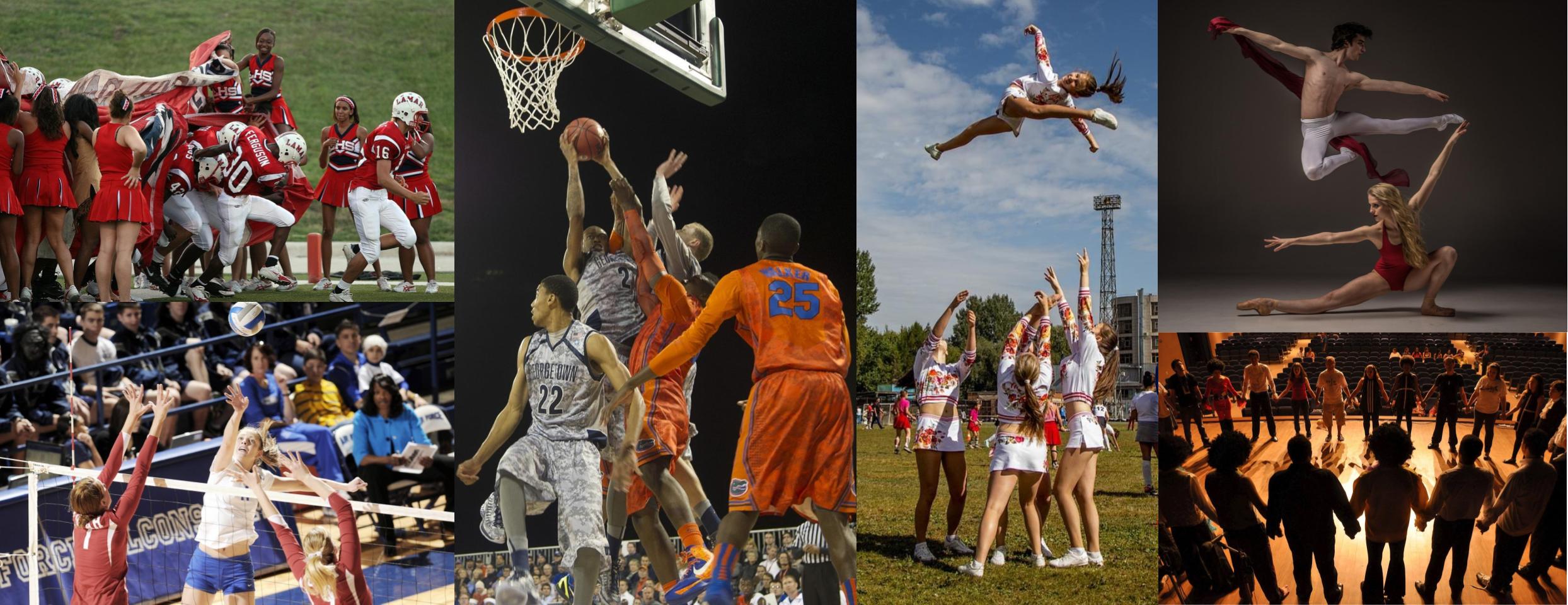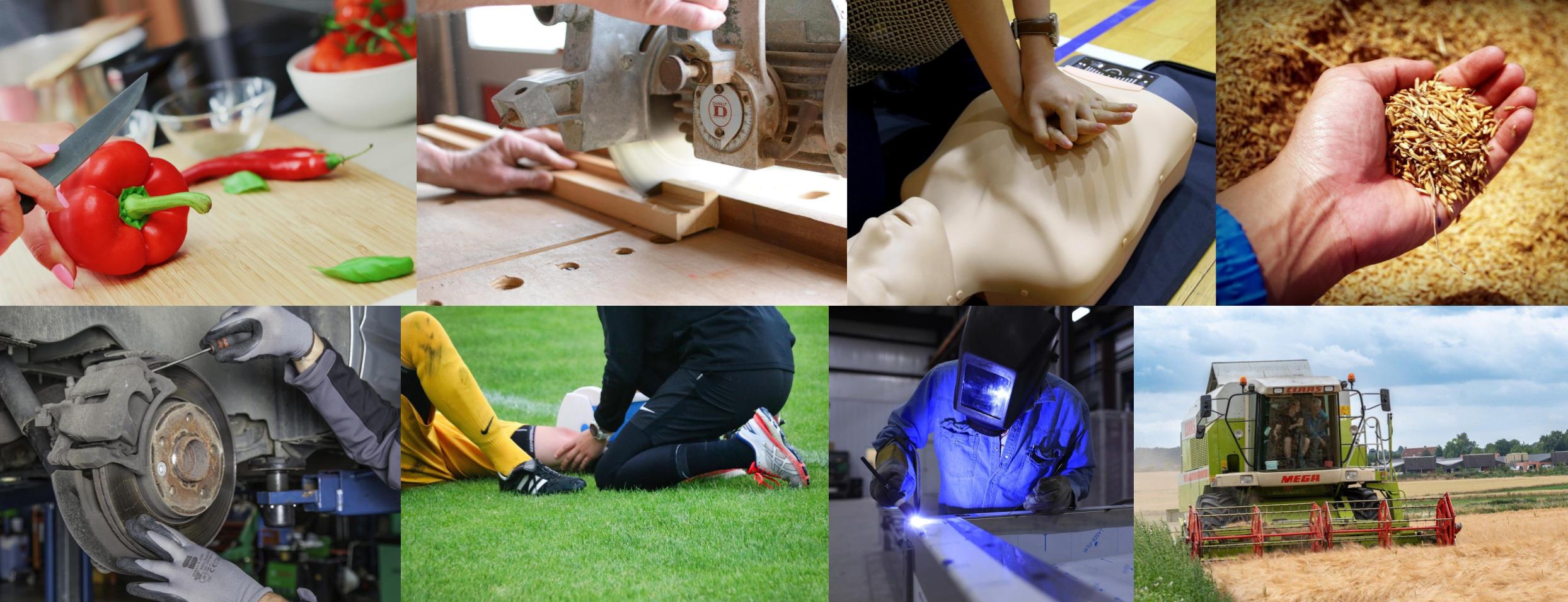Useful Theorists and Support Guides for the edTPA

The Psychomotor Domain
The Psychomotor Domain was characterized in the 1970s by students of Benjamin Bloom. There are many classifications of the psychomotor domain. This domain is most useful for PE Teachers, Industrial Tech Teachers, and teachers of related content. The following taxonomies were developed by researchers, Elizabeth J. Simpson, Ravindrakumar H. Dave, and Anita J. Harrow, who were students of Benjamin Bloom. A combined taxomony was also created.
The cognitive and affective domains are more formally classified and if you choose to use them, should be followed more strictly. While the psychomotor domain is still "formal" and we encourage you to follow "sample action verbs", please properly incorporate verbs to the physical tasks you expect to execute in your classroom for your content area.
« Home/More Frequently Cited A-F G-K L-Z Psychomotor Domain Grants and Funding Writing Tools Lesson Planning AlphaIndex Support Us! »
For Physical Education, Dance, and Cheerleading Teachers

For PE teachers, Dance teachers, Cheerleading teachers, Athletics teachers, and Performing Arts teachers, while we are absolutely certain that you are highly experienced in the sports that you teach, we recommend that you find the strongest action verbs that are pertinent to the sport or physical activity that you teach in your TPA. We suggest that you read a few manuals and guides on the sport or physical activity you plan to teach and you write down the key action verbs and academic vocabulary to set the learning objectives and measurable outcomes. Each objective should include an action verb with outcomes. Discuss the fitness and stamina outcomes that you want the students to develop. Make sure you use the academic vocabulary for such content as well. For Dance, Cheerleading, and Performing Arts, make sure to discuss both the physical execution of the dance and performance moves and the aesthetic outcomes. For specific terminology, i.e. ballet terms derived from French (i.e. plie, tendo, pirouette), italicize them.
For Other Teachers

For Home Economics, Culinary Arts, Graphic Design, Arts, Wood Shop/Carpentry, Auto Shop, Industrial Tech, Health and Safety, Sports Medicine, Regional Occupational Programs, and other related content teachers, make sure you write objectives with action verbs that require students to respond to stimuli to take the proper actions according to what your lesson content is. IE flipping a pancake after cooking it for at least 1 minute based on visual and olfactory(smelling) observation of browning and bubbles on the side of it; making chest compressions of less than 1 inch in depth at the rate of 110 compressions per minute after detecting through sight, hearing, and touch, the absence of response or lack of life sustenance from the "victim". Because these classes are often hands-on and tactile in nature, make sure you illustrate and have them execute the lessons. You should also include footage of students carrying out the physical activities.
Elizabeth J. Simpson created this taxonomy in the 1970s. Her taxonomy is more to classify the learning of the motor task rather than the motor behavior. The outputs can be measured in by speed, distance, force, precision, procedures, or execution techniques.
Simpson's Psychomotor Taxonomy
Ravindrakumar H. Dave's taxonomy set objectives to be more behavioral than physical but with a focus on physical action. Notice how there is more emphasis on an amount of competency of the psychomotor skill. It is useful for building physical competency including at different age levels.
Dave's Psychomotor Taxonomy
Anita J. Harrow created a taxonomy that is more focused on physical motion and reflexes. Fitness is among the higher-level objectives. It is especially useful for children and younger members building sensory muscle coordination and physical fitness.
Harrow's Psychomotor Taxonomy
Subsequent researchers have tried to unify the three taxonomies. The taxonomies were combined into the following levels.
Combined Taxonomy
The basis of the psychomotor domain is neuromuscular, which refers to the human response from the nervous system to expected muscle motion. However, some taxonomies do reflect an amount of behavior too. For the specific actions you want to teach them to perform, do them yourself and specify the bodily kinesthetic coordination you used that you want them to develop.
We recommend reading all of the taxonomies and selecting only one of the Psychomotor taxonomies for your task and building off that one only.
Side note: Surprisingly, it is very difficult to find biographies of the authors of the writers of the Psychomotor domain. It is known that Dave led departments of the National Council of Educational Research and Training in India and was Dean of educational development. He also became the Technical Director of the Unesco Institute for Education in the 1970s. Otherwise, there are very few sources of their professional biographies.
« Home/More Frequently Cited A-F G-K L-Z Psychomotor Domain Grants and Funding Writing Tools Lesson Planning AlphaIndex Support Us! »
Grants and Funding
Want to apply for a grant to improve your classroom or reward your master teacher, colleagues, or school?
Check out these grants and funding opportunities! Sign up or subscribe to them to learn more!
The NEA Foundation
Association of American Educators
McCarthey Dressman Education Foundation
Graduate Programs and Professional Opportunities
This project was made possible by skills from Cal State LA College of Education's MA in Education Technology Leadership programs. Consider enrolling or signing up for these programs!
COE MA Programs and Certificates in Ed Tech Leadership and E-Learning Media
More Programs and Opportunities Coming!
Sources
Clark, D. (2015). Bloom's taxonomy: the psychomotor domain. Retrieved from this link.
Dave, R.H. (1970). Psychomotor levels in Developing and writing behavioral objectives, pp.20-21. R.J. Armstrong, ed. Tucson, Arizona: Educational Innovators Press.
Harrow, A. (1972). A taxonomy of psychomotor domain: a guide for developing behavioral objectives. New York: David McKay.
Simpson E.J. (1972). The classification of educational objectives in the psychomotor domain. Washington, DC: Gryphon House.